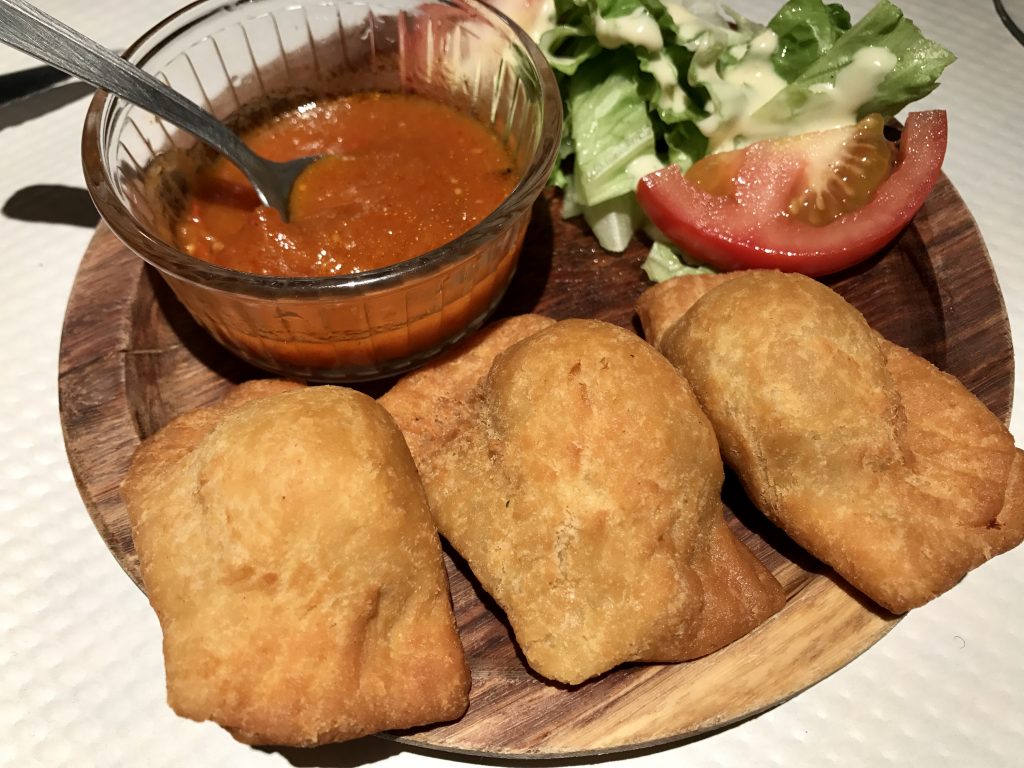


The popular West African dish known as jollof is thought to have originated from the thieboudienne, but is usually made with meat rather than fish, and the rice is mixed into the other ingredients. It is also the symbol of Senegalese terranga (hospitality): family, visiting friends and guests gather around a single dish (called a bolus) from which everyone eats using a spoon ( couddou Pulaar) or a piece of bread. Traditionally it is eaten in a large communal dish with the hand. Tiep bears a strong resemblance-in ingredients, presentation, and significance-to Maghrebi couscous. It is served on large trays with the rice on the bottom and the fish, usually white grouper ( Epinephelus aeneus), and the vegetables, many of them whole, placed in the center. In Pulaar it is known as maaro e liddi ('rice and fish'). The name of the dish comes from Wolof words meaning 'rice' ( ceeb) and 'fish' ( jën). Historically, tiep is commonly attributed to the city of Saint-Louis, in the nineteenth century. Additional ingredients often include onions, carrots, cabbage, cassava, hot pepper, lime and peanut oil, and stock cubes. There are also tiep yappa (with meat) and tiep ganaar (with chicken). The version of tiep called thieboudienne or chebu jen ( Wolof: ceebu jën French: thiéboudiène) is prepared with fish, rice and tomato sauce cooked in one pot. Tiep or thieb is a traditional dish from Senegal that is also consumed in Guinea-Bissau, Guinea, Mali, Mauritania, and The Gambia.


 0 kommentar(er)
0 kommentar(er)
